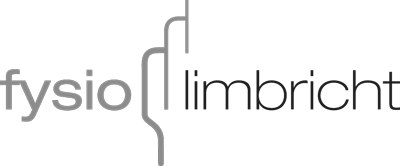As software becomes an increasingly important part of many businesses, the need for clear and comprehensive software licensing agreements (SLAs) is more important than ever. Understanding the intricacies of software licensing can be a challenge, but it`s essential for both users and providers to protect their interests and ensure that their software is being used legally and ethically.
One key area of software licensing that can be particularly complex is Section 2, often referred to as “software licensing agreement sec.” This section covers the specifics of how the software can be used, including any limitations or restrictions on usage, as well as any requirements for installation, maintenance, and support.
For software users, understanding the details of this section is crucial to avoiding potential legal issues down the line. It`s important to carefully review any restrictions on usage, such as limitations on the number of users or devices that can access the software, as well as any time limits on usage or access. Other common restrictions may include limitations on modifying the software or using it for certain purposes.
In addition to restrictions, software licensing agreement sec may also cover requirements for installation, maintenance, and support. This may include specific hardware or software requirements, as well as guidelines for updates, patches, or security measures. Understanding these requirements is essential for ensuring that the software runs smoothly and securely, and that any necessary updates or maintenance are performed in a timely manner.
For software providers, section 2 of the SLA is an important tool for protecting their intellectual property and ensuring that their software is being used in accordance with their terms of service. By clearly outlining usage restrictions and requirements, providers can prevent unauthorized use or distribution of their software, and can take legal action against any users who violate the terms of the agreement.
Overall, software licensing agreement sec is an essential part of any SLA, and should be carefully reviewed and understood by both software users and providers. By taking the time to fully understand the specifics of this section, businesses can ensure that their software is being used legally and ethically, while also protecting their interests and intellectual property.

